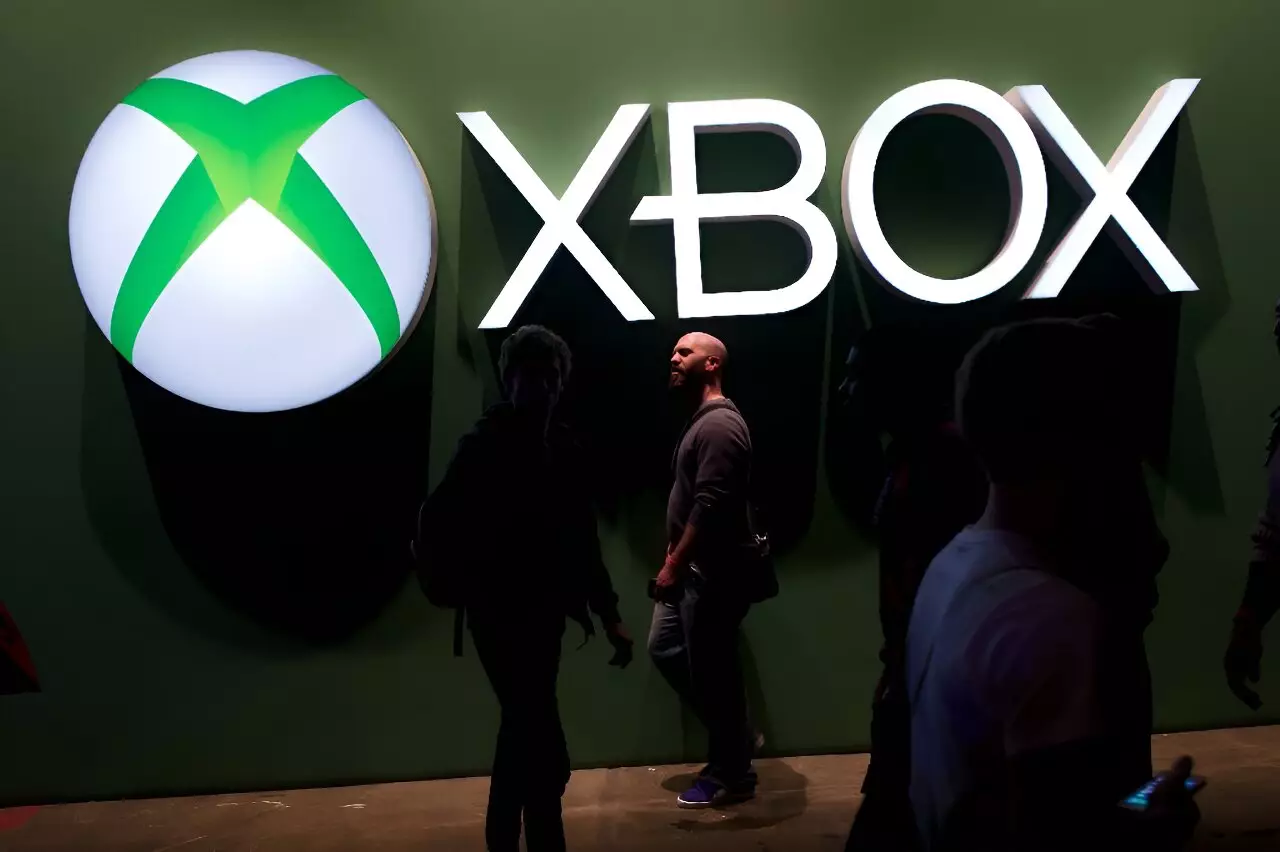In recent months, the gaming industry has faced significant upheaval as major corporations navigate the aftermath of high-stakes acquisitions. Microsoft’s decision to cut approximately 650 positions from its gaming division signifies an acute response to ongoing operational challenges and the necessity to streamline for long-term viability. This comes in the wake of the $69 billion acquisition of Activision Blizzard, which was initially believed to bolster Microsoft’s gaming presence, transforming it into one of the industry’s giants. However, the fallout from such a pivotal deal reveals a stark reality — integrating large entities is often accompanied by difficult choices, particularly on the employment front.
Phil Spencer, head of Microsoft Gaming, characterized the situation as a day filled with challenges, indicating the emotional toll these layoffs take on the workforce. The Communications Workers of America (CWA), a labor union representing numerous individuals in the gaming sector, expressed disillusionment over the layoffs, linking them to a growing trend of careless job cuts across the industry. Their statement echoes a sentiment common among employees: layoffs seem increasingly normative, eliciting responses that highlight the emotional and psychological ramifications these decisions have on individuals and their families.
Compounding this sentiment, the recent layoff announcements from other prominent gaming entities, such as Bungie and Sony Interactive Entertainment, point towards a sector-wide instability. Bungie’s layoffs of 220 employees not only coincide with Microsoft’s cuts but also emphasize a worrying pattern within the industry. While these companies articulate the necessity for such decisions as strategic steps toward a “sustainable cost structure,” the human impact remains profound and far-reaching.
Financial Realignments Amidst Industry Rankings
Microsoft achieved a remarkable milestone with its acquisition of Activision Blizzard, propelling it to the status of the third-largest gaming company based on revenue. Yet, this triumph comes at a cost, as evidenced by Spencer’s earlier admission of the need for a sustainable operational model for their gaming unit. By trimming excess workforce, Microsoft appears to be reorganizing its resources, albeit at the expense of job security for many. While Spencer assured stakeholders that no games or studios would be adversely affected by these adjustments, employees are left grappling with uncertainty about their positions and futures in a volatile job market.
The narrative of layoffs extends beyond Microsoft; the tech industry overall has witnessed considerable downsizing. Reports indicate that last year saw around 260,000 jobs lost within the tech sector, underscoring a national trend of layoffs that seems to be persisting into the current year, with over 136,000 layoffs already reported in 2023 alone. This broader context not only reflects market challenges that tech companies face but also raises questions regarding the stability of the gaming industry as a whole.
As the dust settles from these recent layoff announcements, both employees and industry watchers will be on the lookout for future trends. The overarching theme appears to be a shift towards efficiency and cost-cutting that many fear may ultimately sacrifice the innovative spirit necessary for growth and creativity within the gaming sector. While major players like Microsoft navigate these turbulent waters to solidify their market standings, the fate of countless employees serves as a poignant reminder of the intricate balance between corporate strategy and human impact. The gaming landscape is undoubtedly changing, but at what cost?

